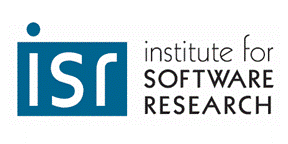
Institute for Software Research
School of Computer Science, Carnegie Mellon University
The Effects of Healthcare Provisions on the
4X Poverty Population in the United States
Kathleen M. Carley, David Filonuk, Michael Martin
Neal Altman, Michael Kowalchuk
December 2011
Center for the Computational Analysis of Social and Organizational Systems
CASOS Technical Report
The patent protection and affordable care act provides tax credits and cost-sharing subsidies to households at or below 400 percent of the federal poverty threshold. To be eligible to receive these subsidies, one must not be insured under other government health insurance programs such as Medicare or Medicaid, and must have a federal poverty status between 133-400%, also known as the 4X poverty population. This tech report discusses the demographics and profile of the 4X poverty population, the dynamics of this population, and means of developing education and outreach methods to effectively inform this population of their eligibility for benefits. The population demographics are broken down at the state and city level as well as urban and rural areas. In terms of population dynamics, there were four different possible ways of moving in and out of the 4X poverty group from both the top edge (400%) and the bottom edge (133%). Through virtual experiments on taxpayer compliance, interventions such as mail and newspaper ads were tested to determine which best help educate the public about these benefits.
40 pages
Return to:
SCS Technical Report Collection This page maintained by reports@cs.cmu.edu
School of Computer Science